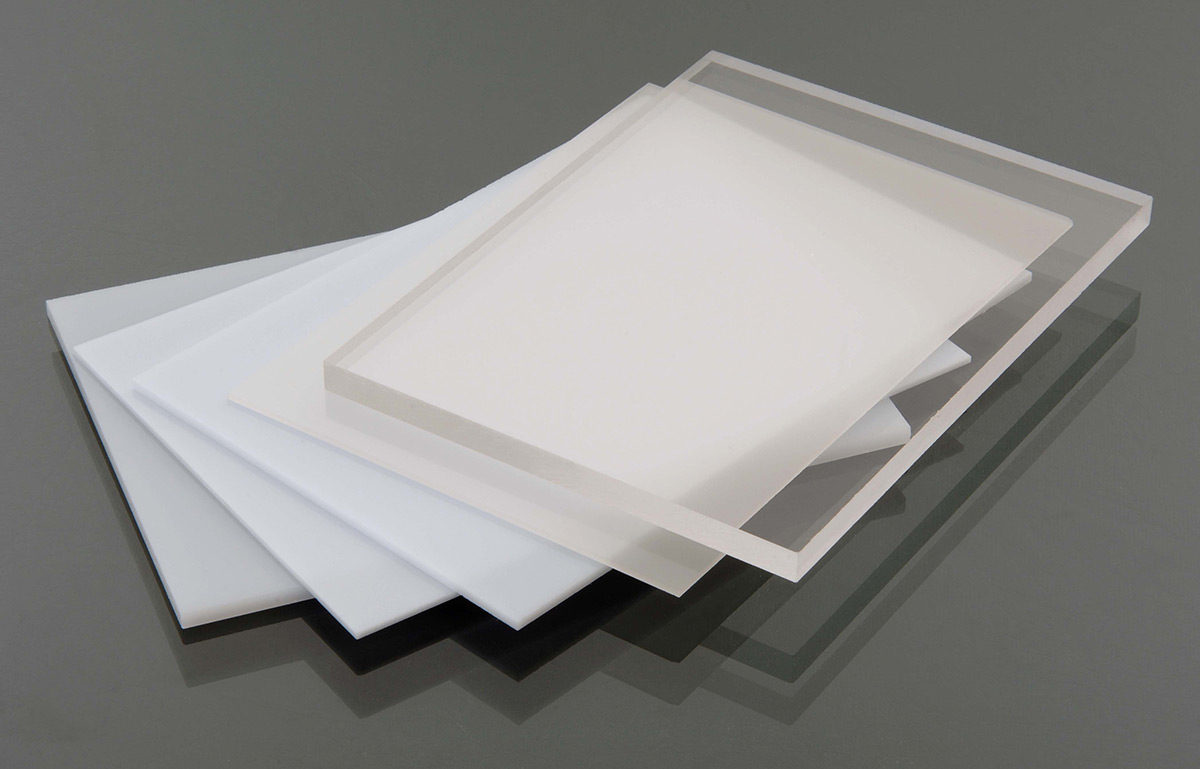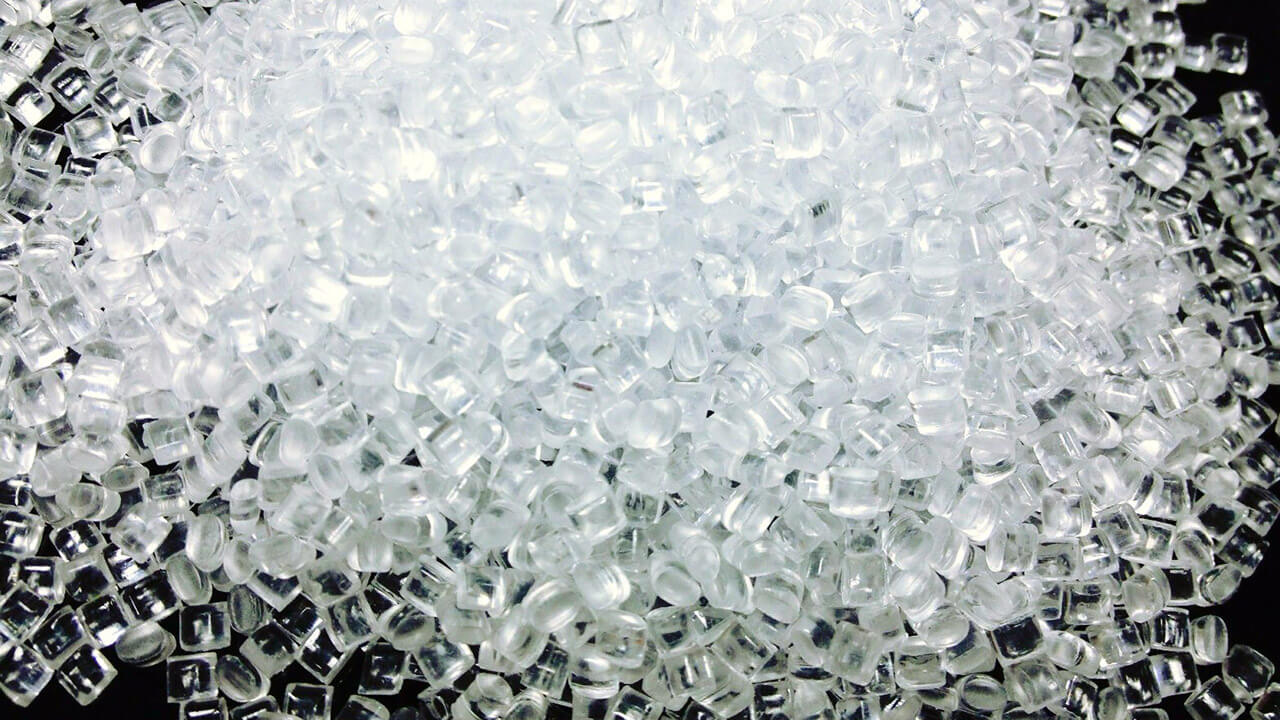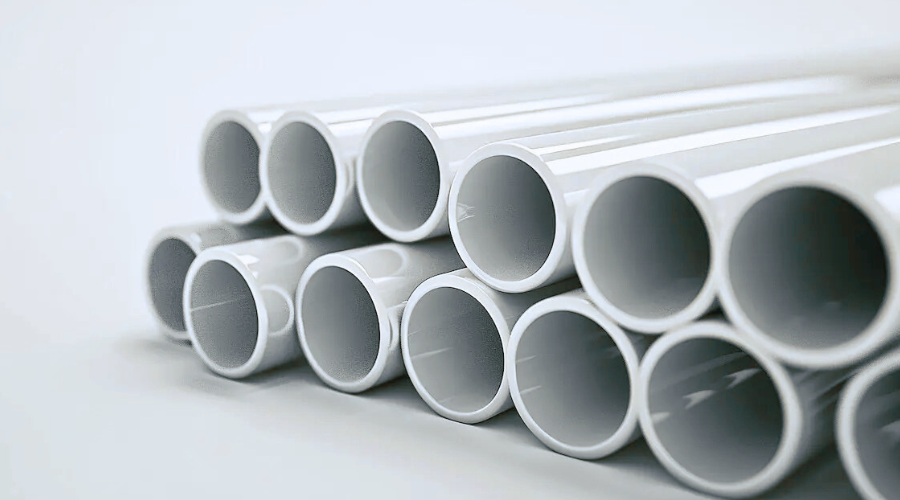
Johnny Xiong
Rapid Tooling Expert
Contents
Polycarbonate (PC) is one of the most versatile engineering thermoplastics used across modern industries. Known for its exceptional toughness, transparency, heat resistance, and dimensional stability, polycarbonate has become a preferred material for injection-molded products ranging from optical lenses and medical devices to automotive components and electronic housings. As global demand for durable, lightweight, and aesthetically flexible materials continues to grow, understanding the full spectrum of PC injection molding—its advantages, process parameters, challenges, and applications—has become essential for manufacturers and designers.
This article provides a comprehensive overview of polycarbonate injection molding, exploring the science behind the material, the production workflow, key technical considerations, and best practices for achieving optimal performance in finished components.

1. Introduction to Polycarbonate (PC)
Polycarbonate is an amorphous thermoplastic polymer characterized by carbonate groups in its chemical structure. It is produced primarily through the reaction of bisphenol A (BPA) and phosgene or through non-phosgene melt polycondensation. PC’s molecular structure gives it unique mechanical and optical characteristics not commonly found in other plastics.
Key Properties of Polycarbonate
High Impact Strength: PC is one of the strongest thermoplastics available, with impact resistance far superior to acrylic, ABS, or polystyrene.
Optical Clarity: Certain grades have light transmittance greater than 88%, comparable to glass.
High Heat Resistance: PC maintains mechanical integrity at temperatures up to 120–135°C and withstands short-term exposure to even higher temperatures.
Dimensional Stability: The low shrinkage of PC makes it suitable for tight-tolerance molded parts.
Electrical Insulation: PC exhibits excellent dielectric properties, making it widely used in electronics.
Flame Retardancy: Many PC resins are naturally flame-resistant without the need for additives.
Because of these strengths, PC is used in demanding applications where a balance of transparency, toughness, and thermal performance is required.
2. Why Polycarbonate Is Ideal for Injection Molding
Injection molding is the most common and efficient method for producing PC parts. Several characteristics of polycarbonate make it particularly suitable for this manufacturing process.
2.1 Flow Characteristics
Despite its high melt viscosity, PC flows uniformly under high temperature and pressure, enabling precise molding of complex geometries.
2.2 Surface Quality
PC supports high-quality surface finishes—from high-gloss optical clarity to matte textures—making it useful for aesthetic consumer products.
2.3 Tight Tolerances
Low shrinkage (typically 0.5–0.7%) allows the molding of precise components, particularly important for engineering and optical-grade applications.
2.4 Material Versatility
PC can be modified with additives:
Glass fibers (increased strength and rigidity)
Flame retardants
UV stabilizers
Colorants
Impact modifiers or blends such as PC/ABS
This versatility broadens the range of applications and performance capabilities.
3. The Injection Molding Process for Polycarbonate
While injection molding of PC follows the same basic steps as with other thermoplastics, its material characteristics require specific processing conditions. The following sections detail the typical workflow and parameter considerations.
3.1 Material Preparation
Drying the Resin
Polycarbonate is highly hygroscopic. Moisture content above 0.02% can cause:
Splay or streaks on the surface
Reduced mechanical strength
Hydrolytic degradation
Typical drying conditions:
Temperature: 120–130°C
Duration: 3–4 hours
Use of a desiccant dryer (dew point –40°C or lower)
Proper drying ensures melt stability and surface clarity.
3.2 Injection Molding Machine Requirements
A standard reciprocating screw injection molding machine is generally suitable for PC, but with specific considerations:
Screw type: General-purpose or PC-specific screws with L/D ratio of 20:1 to 24:1
Barrel: Corrosion-resistant
Clamping force: Depends on part size; PC often requires high clamping pressure due to high injection pressure
Hot runner system: Suitable for PC, but must avoid stagnation to prevent material degradation
3.3 Process Parameters
Melt Temperature
PC requires a relatively high melt temperature:
260–320°C, depending on the grade and part thickness
Excessive temperature can lead to yellowing or degradation.
Mold Temperature
Proper mold temperature ensures good surface quality and dimensional stability:
80–120°C is typical for PC
Higher mold temperatures improve clarity and reduce internal stress.
Injection Pressure
PC requires high injection pressure to fill molds effectively:
80–150 MPa
This helps compensate for the material’s high melt viscosity.
Injection Speed
Moderate to high injection speeds are often required, but too high can cause shear stress and burn marks. Controlled speed ensures proper flow and quality.
Cooling Time
PC's poor thermal conductivity means longer cooling times compared to other plastics:
10–30 seconds, depending on part thickness and mold design
Proper cooling helps reduce warpage and internal stress.
4. Mold Design Considerations
Good mold design is critical in PC injection molding. The material's sensitivity to heat and shear requires careful attention to avoid defects.
4.1 Gate Design
Larger gates (fan or edge gates) support smooth flow and reduce shear.
For optical parts, pin-point gates may be used but must be positioned carefully.
Hot runner gating is possible but requires a balanced system.
4.2 Venting
PC is sensitive to trapped air:
Adequate venting prevents burn marks.
Vent depth typically 0.02–0.03 mm.
4.3 Wall Thickness
Uniform wall thickness reduces stress and warpage:
Recommended: 1.5–4.0 mm
Very thick sections can lead to sink marks and require careful cooling.
4.4 Draft Angles
PC shrinks minimally, but proper draft still ensures easy ejection:
Minimum draft: 0.5° to 1°
More draft is better for textured surfaces.
4.5 Ejection System
Because PC can stick to mold surfaces:
Use multiple ejector pins to avoid stress marks.
Polished surfaces reduce friction.

5. Common Defects in PC Injection Molding and Solutions
Even with proper equipment and materials, certain defects may occur. Understanding their causes and remedies helps maintain high productivity.
5.1 Splay Marks
Cause: Moisture in resin
Solution: Proper drying; ensure dryer dew point is low.
5.2 Bubbles or Voids
Cause: Insufficient packing pressure
Solution: Increase packing time and pressure; ensure uniform wall thickness.
5.3 Yellowing or Degradation
Cause: Excessive melt temperature or long residence time
Solution: Lower melt temperature; reduce barrel residence time.
5.4 Warpage
Cause: Uneven cooling or inconsistent wall thickness
Solution: Optimize mold cooling; redesign part geometry if necessary.
5.5 Burn Marks
Cause: Poor venting or excessive injection speed
Solution: Improve mold venting; adjust speed.
6. PC Grades Used in Injection Molding
Polycarbonate is available in numerous specialized grades depending on application requirements.
6.1 General-Purpose PC
For automotive parts, electrical housings, safety helmets, etc.
6.2 Optical-Grade PC
High transparency and low birefringence:
Lenses
Light guides
Optical discs
6.3 Flame-Retardant Grades
Used in electronics and electrical equipment.
6.4 Glass-Fiber-Reinforced PC
Enhanced stiffness and strength for structural parts.
6.5 PC Blends
PC/ABS: improved processability and impact resistance
PC/PBT: enhanced chemical resistance
PC/ASA: better UV resistance
Blends expand PC’s capabilities in automotive interiors, electronics housings, and outdoor products.
7. Applications of Polycarbonate Injection Molding
Polycarbonate’s combination of optical, mechanical, and thermal properties makes it suitable for diverse industries.
7.1 Automotive Industry
Headlamp lenses
Interior components
Instrument panels
Structural brackets
PC reduces vehicle weight and increases safety.
7.2 Electronics and Electrical
Connectors
Switches
Battery housings
LED light diffusers
Its flame retardancy and electrical properties make it ideal for consumer devices and industrial equipment.
7.3 Medical Devices
Surgical instruments
Drug delivery devices
Transparent housings
Sterilizable components
PC withstands gamma radiation, steam sterilization, and chemical disinfectants.
7.4 Optical Applications
Sunglasses
Eyeglass lenses
Camera lenses
Optical discs
Light guides for displays
Optical-grade PC remains a top choice where clarity and precision are essential.
7.5 Construction and Safety
Safety goggles
Machine guards
Bullet-resistant panels
Skylights
PC’s impact resistance and transparency support safety and architectural uses.
7.6 Consumer Products
Toys
Reusable water bottles
Sports equipment
Appliances
PC provides durability, aesthetics, and design freedom.
8. Advantages and Limitations of PC Injection Molding
While PC is highly versatile, it has both strengths and weaknesses.
8.1 Advantages
Extremely strong and tough
Lightweight alternative to glass
Excellent clarity
Good thermal and electrical properties
Low shrinkage and excellent tolerance control
High design flexibility
8.2 Limitations
Higher cost compared to ABS or PP
Sensitive to moisture during processing
Difficult to mold very thick parts
Susceptible to scratches (requires coatings for optical parts)
Limited resistance to some solvents
Manufacturers must balance these factors when designing PC components.
9. Future Trends in Polycarbonate Injection Molding
9.1 Bio-based Polycarbonate
Growing environmental awareness is driving research into BPA-free and plant-derived PC resins.
9.2 Micro- and Nano-Injection Molding
PC’s ability to replicate fine details makes it ideal for:
Microfluidic devices
Precision optical devices
9.3 Lightweighting in Automotive and Aerospace
As electric vehicles expand, demand for heat-resistant lightweight materials like PC continues to grow.
9.4 Smart and Functional Coatings
Scratch-resistant, UV-blocking, and anti-fog coatings improve PC performance in demanding environments.
9.5 Integration with Additive Manufacturing
Hybrid workflows combine injection molding with 3D printing inserts or mold components for faster prototyping and tooling.
10. Best Practices for Successful PC Injection Molding
To consistently produce high-quality parts, manufacturers should:
Maintain strict control over material drying.
Ensure melt and mold temperatures remain in ideal ranges.
Use appropriately sized gates and vents.
Avoid excessive shear by optimizing injection speed.
Use high-quality molds with uniform cooling channels.
Implement proper design rules, including uniform wall thickness.
Conduct regular maintenance on equipment and hot runners.
Following these guidelines minimizes defects and improves efficiency.
Conclusion
Polycarbonate injection molding combines material versatility with high-performance characteristics, enabling the production of durable, precise, and aesthetically appealing components across numerous industries. From automotive and electronics to medical devices and consumer goods, PC offers unique advantages in impact strength, transparency, heat resistance, and dimensional stability.
However, achieving optimal results requires understanding the material’s moisture sensitivity, thermal behavior, and flow characteristics. Proper mold design, correct process settings, and consistent material handling are essential to prevent defects and ensure the longevity of both product and tooling.
As technology evolves—through improved PC formulations, advanced coating technologies, sustainable material alternatives, and hybrid manufacturing methods—the role of polycarbonate in injection molding will only continue to grow. For manufacturers and designers seeking a blend of performance, reliability, and design flexibility, polycarbonate remains one of the most compelling injection-molding materials available today.
About HordRT
HordRT is a professional manufacturer specializing in rapid prototyping, rapid tooling, and low-volume injection molding services. With advanced equipment, experienced engineers, and strict quality control systems, HordRT provides high-precision plastic components for industries including automotive, medical, consumer electronics, industrial equipment, and more.
Our capabilities include:
Vacuum casting
Low-volume manufacturing
Surface finishing and assembly
Committed to efficiency, accuracy, and customer satisfaction, HordRT offers flexible production solutions that help clients accelerate product development cycles, reduce manufacturing costs, and bring new innovations to market faster.
For more information or project inquiries, please contact HordRT—your trusted partner in precision manufacturing.
-q4gvl4k29y4hq8j9rjpapvj0ft06fje63olt7p210i.png)


